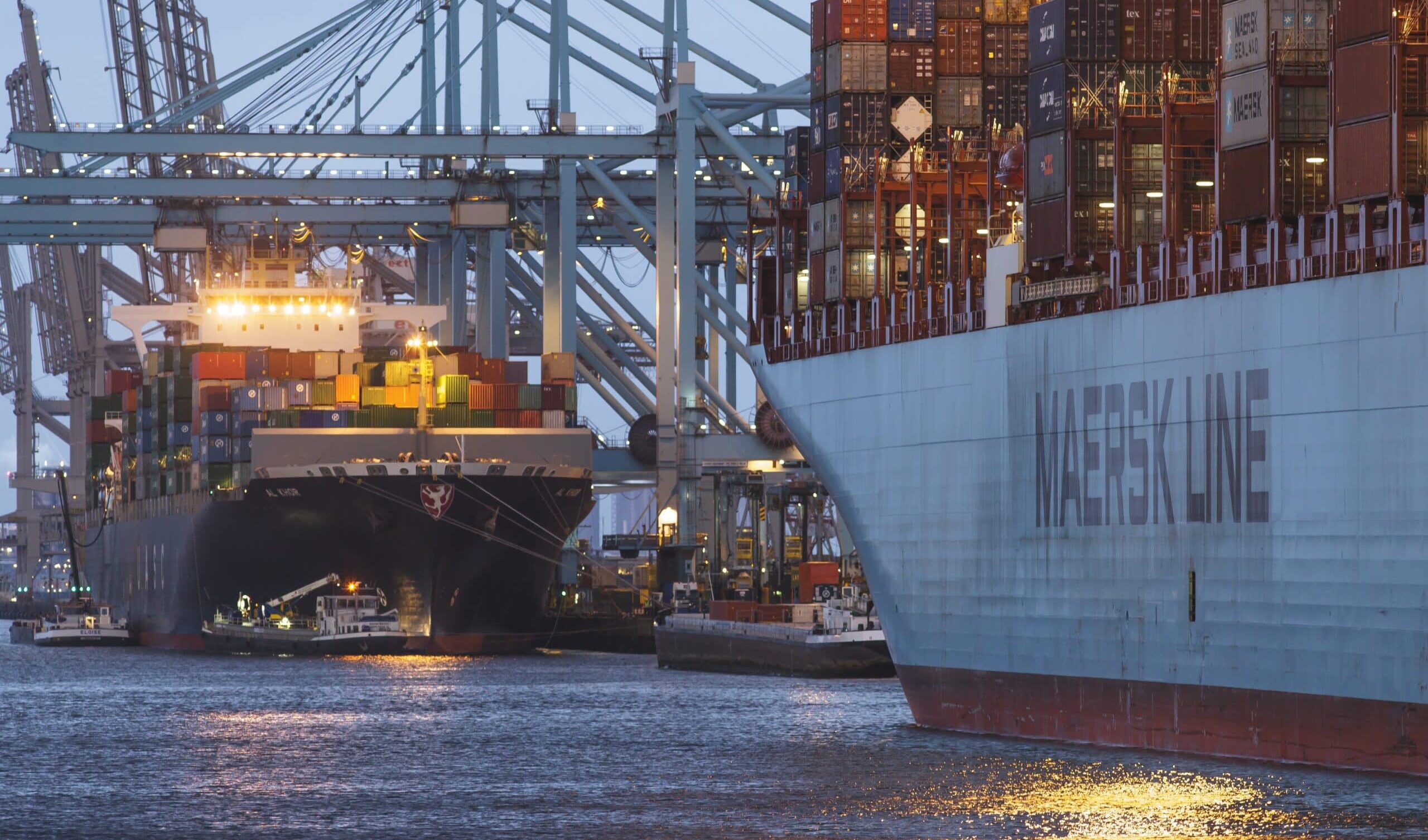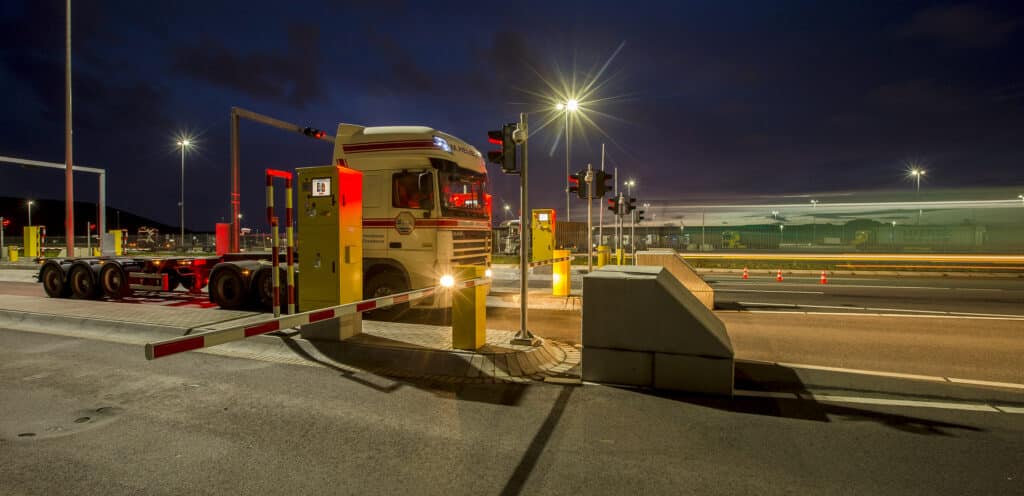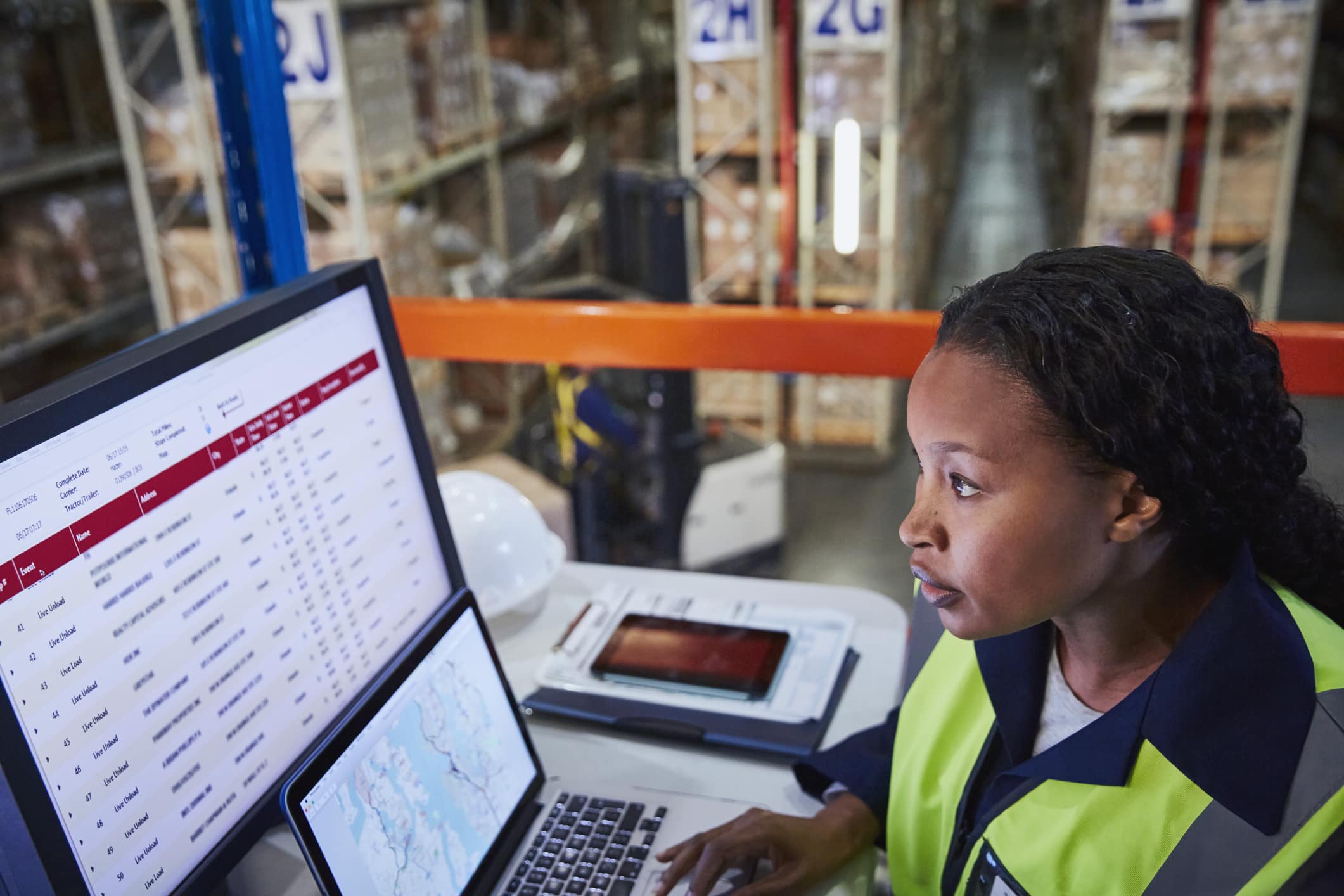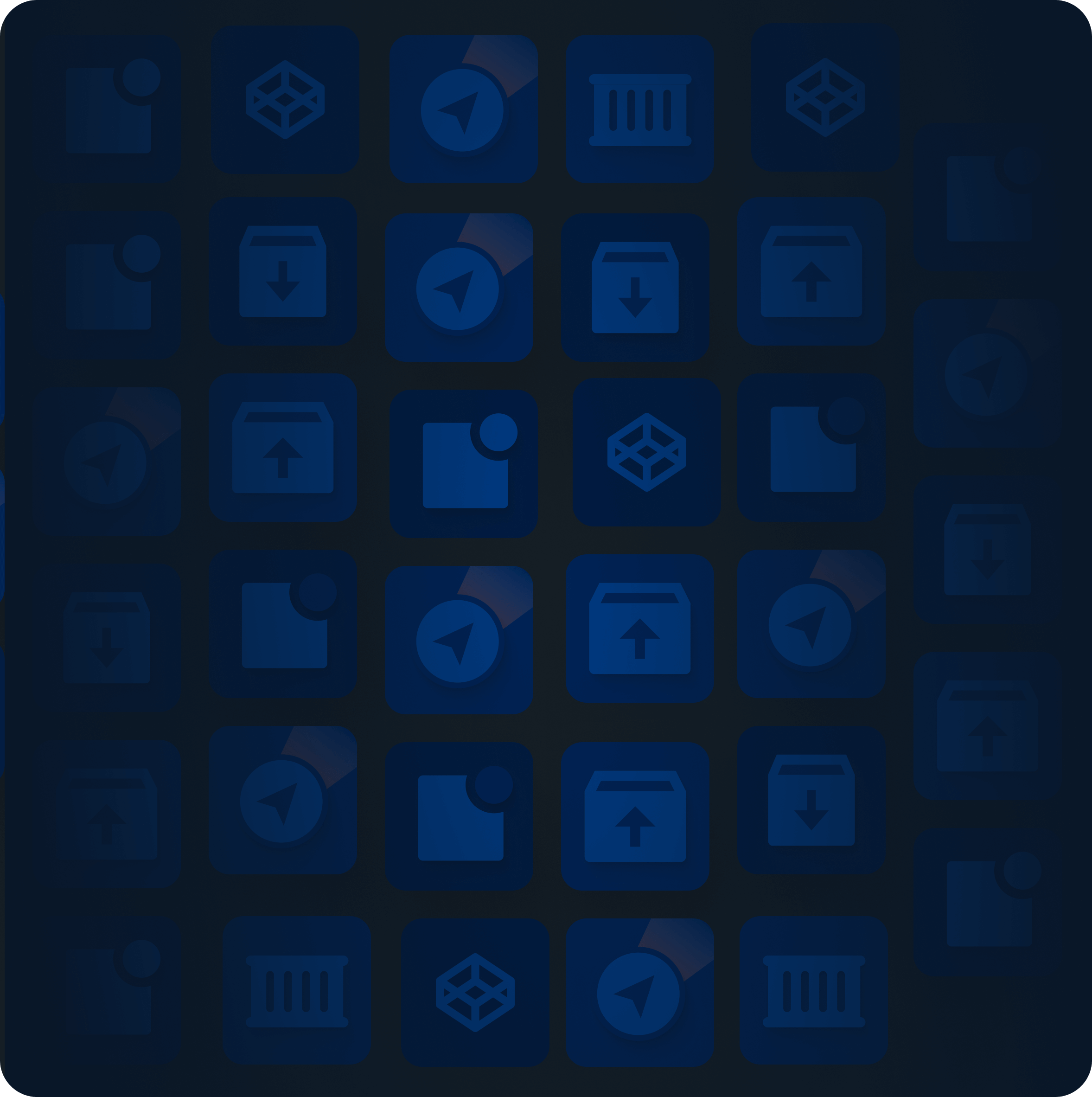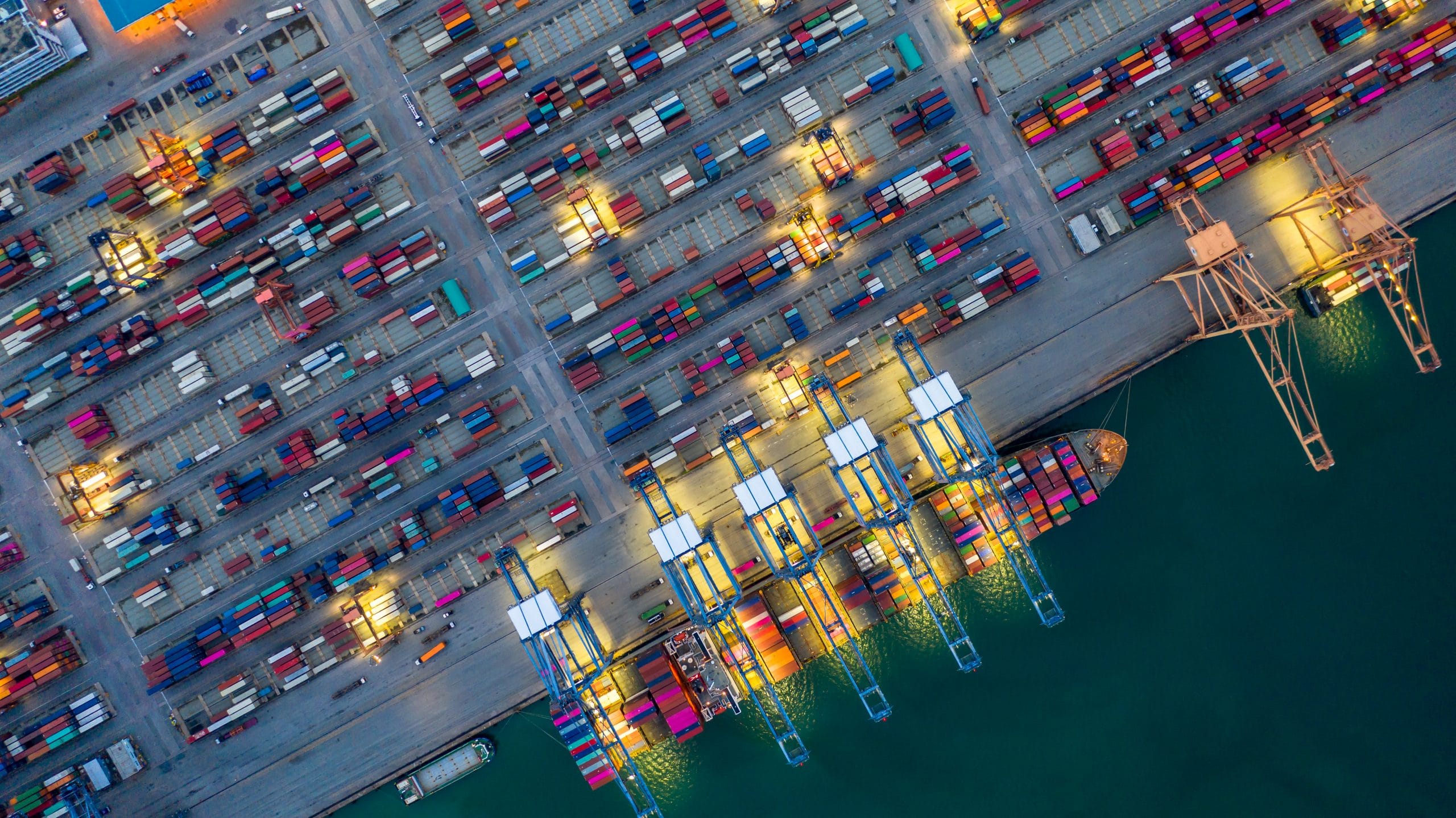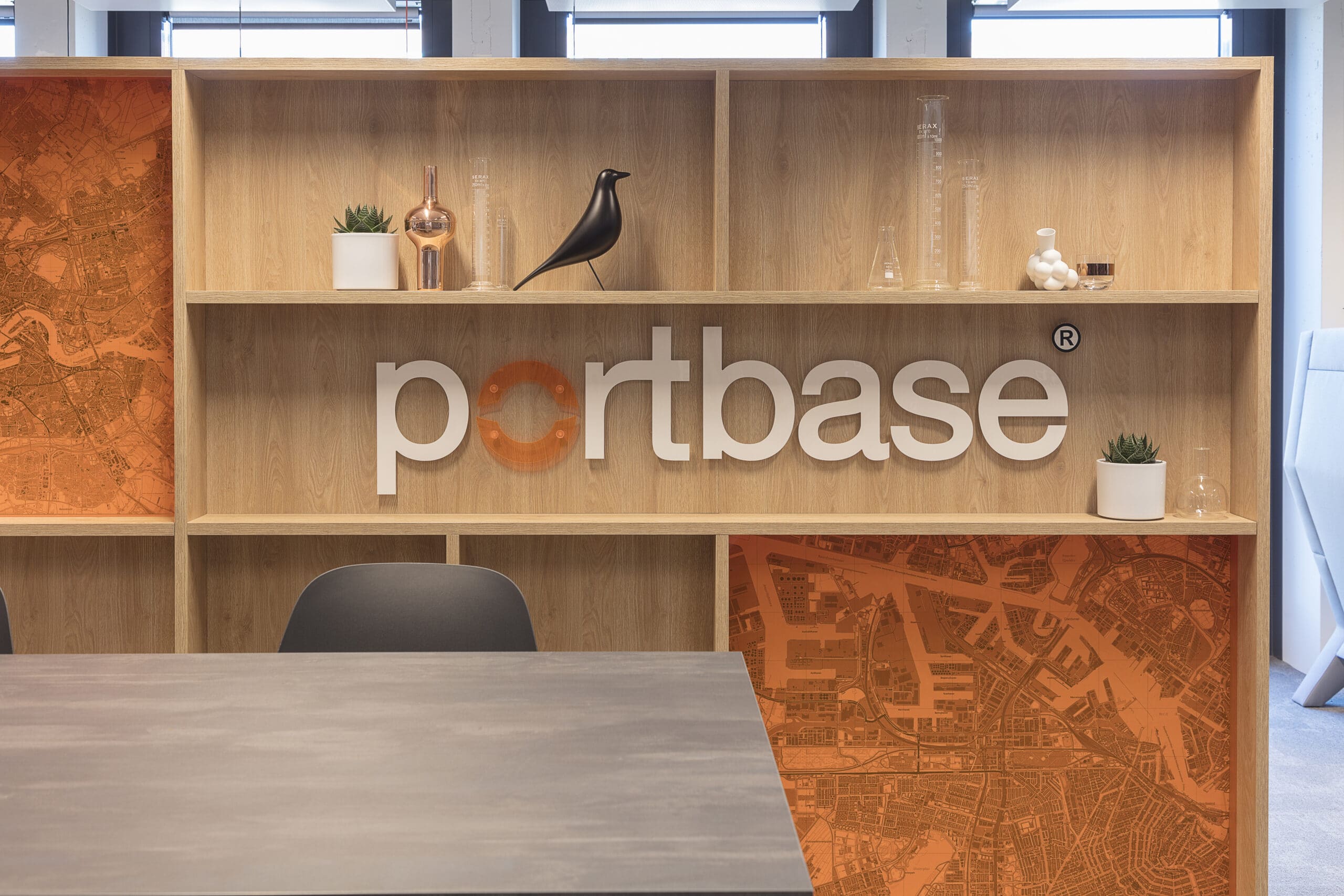For each of the millions of containers that arrive at the Port of Rotterdam from outside the European Union every year, and also of the containers departing again, each terminal keeps its own so-called RTO records, which Customs checks retrospectively. All the parties involved agree that this way of working could be made smarter and more efficient, not least to benefit the exchange of containers between terminals. Through the development of a comprehensive Container Tracking System, Portbase is therefore taking the lead in establishing a single central port administration.
The Netherlands is consistently ranked among the top regions in the World Bank’s biennial Logistics Performance Index. One of our country’s important USPs is its progressive customs approach, in which modern supervision goes hand in hand with trade facilitation. At the same time, many port participants are aware that there are still gains to be made in the customs administration surrounding the entry of goods. A port-wide approach would bring many benefits for everyone, with containers moving even faster through the port, reducing the administrative burden and improving supervision.
Everyone keeps their own records
In the current way of working, each individual terminal keeps its own so-called RTO (temporary storage facility) records for Customs. This allows a terminal to administer all statuses for incoming containers from overseas, from arriving at the terminal to departure. For Customs, it is the basis for checking that goods do not enter free circulation unauthorised. Every month, Customs compares each RTO administration with its own data from shipping companies’ declarations. In the event of deviations or if the maximum permissible stay of 90 days has been exceeded, Customs can take action.
Strict procedures for exchanging containers
The strict RTO rules necessary for customs supervision also have implications for the regular exchange of containers between terminals. For example, a container arriving on a deep-sea vessel at terminal 1 may need to depart again by feeder vessel from terminal 2. In the current RTO regime, this requires many additional administrative actions on the part of both the shipping company and the terminal, because a container is leaving one RTO system and entering a new one. Customs wants assurance that customs procedures are being followed properly and that cargo cannot suddenly disappear in between the two points.
Feasibility study
Under the leadership of the port entrepreneurs’ association Deltalinqs and with partial funding from Top Sector Logistics, around two years ago a study was carried out to see whether and how the current process could be improved. The joint conclusion of terminals, shipping companies, forwarders, carriers, Customs and Portbase was that a central Customs Goods Tracking System is legally feasible and would provide great added value for all parties.
Portbase takes on development
Under the new name ‘Container Tracking System’, this year Portbase took up the challenge of creating a single central, all-encompassing port administration. After all, much of the necessary data is already present in the Port Community System – all the parties involved are connected. Delivery is nevertheless a complex task that will require a long-term and phased approach. The first step is the development of a single port-wide RTO system, replacing the current separate RTO administrations for each terminal, whereby each RTO holder (terminal) does remain responsible for its own administration. By building a transfer module, the transportation of containers between participating RTOs can then also be simplified. Finally, a ‘customs dashboard’ will enable real-time monitoring for Customs instead of, as now, monthly retrospective checking of separate RTO records. Providing the foundations for all this, Portbase is delivering a basic administration system containing all the necessary data.
Major benefits
For Portbase, the benefits of a single central Container Tracking System are obvious: faster transport will strengthen the port’s competitive position and improve trade compliance. It will enable uniform, port-wide arrangements with Customs, and verification of port-wide RTO records can take place in real time rather than after the fact. The implementation of a centralised Container Tracking System will also ensure optimum reuse of data, require less maintenance (because maintenance will be carried out centrally) and result in lower costs.
Concrete steps towards a port-wide RTO
Step one has now been taken. The development of a port-wide RTO system with an underlying basic administration system has begun. One of the container terminals has indicated its willingness to act as a launching customer, giving the project a flying start. All the deepsea terminals are involved through a port-wide working group. This means that everyone’s wishes are being taken into account right from the start. This will allow terminals to seamlessly connect to the port-wide RTO system when they are ready to do so. Portbase’s target is to start testing the new RTO system in practice with the first terminal in autumn 2023.
